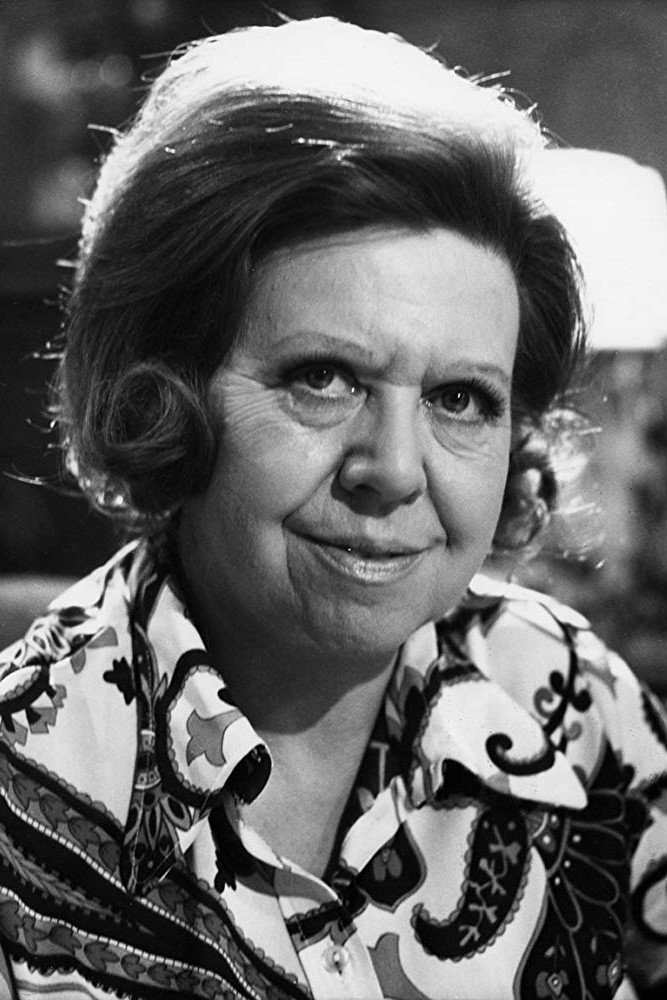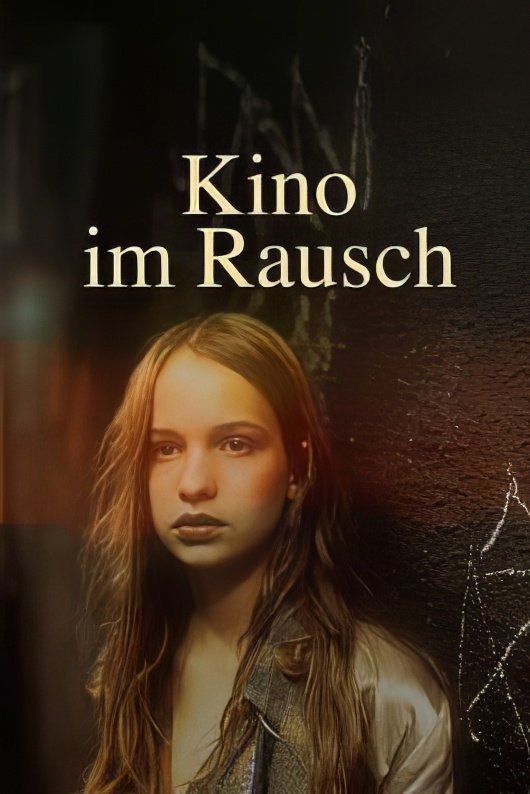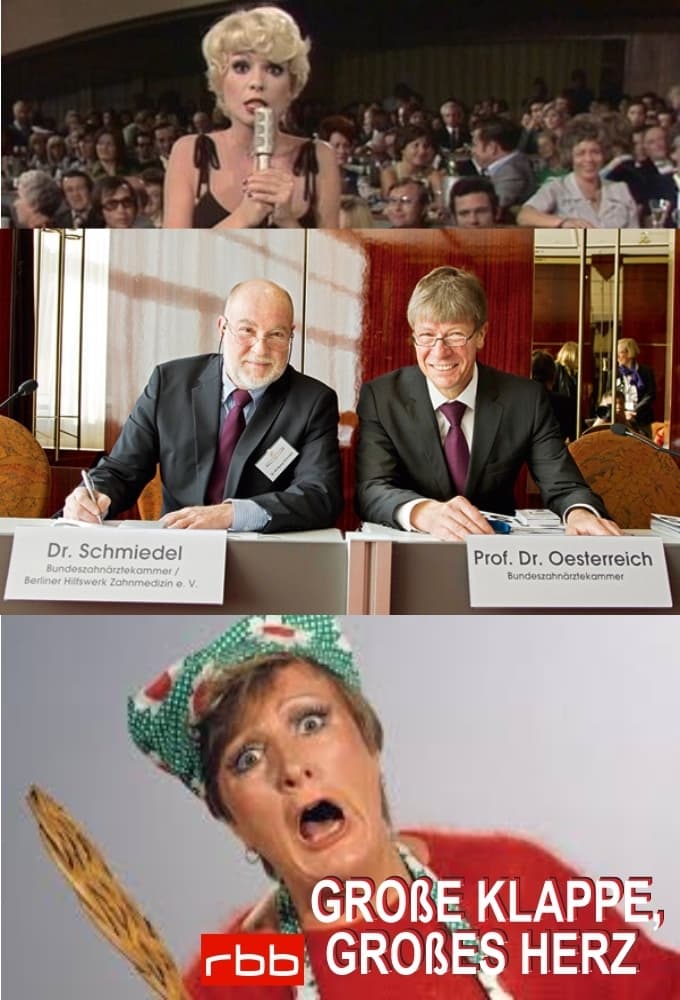


Who is the funniest Berliner? Helga Hahnemann or Edith Hancke, Brigitte Mira or Cindy from Marzahn? rbb television is looking for the Berliner with the biggest mouth and the even bigger heart. Who will be number 1? To this day, they inspire TV audiences with their big mouths and big hearts - genuine Berliners such as Ingrid Steeger, the nation's "funny girl", Helga Hahnemann, the unforgettable "Henne", or Cindy from Marzahn, the cult figure in pink and jogging pants. From a selection of 15 ladies, rbb Fernsehen is looking for the funniest Berliner of all time. Highlights from 60 years of German television entertainment will be presented: legendary appearances and sketches, curious finds and lots of music and artistry. There will be a reunion with the master cake thrower and fast-talker Gisela Schlüter, the funky rock star Nina Hagen, the "Drei Damen vom Grill" and many, many more.

Berlin at the beginning of the 1930s, economic crisis, chaos: Bruno, Franz and Emil, three unemployed young men, are looking for a way out of their misery and decide to kidnap Abel Austerlitz, the son of a rich Jewish factory owner. Emil's charming sister Rosamunde lures Abel into the trap, and the gang of crooks then hold him captive in a cellar hideout on the outskirts of Berlin. While they organize the money transfer, Abel's father informs the police and the unconventional Inspector Jablonski begins to search for the perpetrators. Rosamunde falls in love with Abel and the situation spirals out of control.
Three guests in a luxury hotel. The highly respected managing director of a computer company, an actor and womanizer and finally a bespectacled murderer who has calculated that a hotel room is the perfect setting for the murder of his victim, a Chinese politician passing through. As luck would have it, the three men swap rooms. As a result, the call girl, who is actually expected by the actor, ends up with the murderer, the respected businesswoman expected by the manager goes to the womanizer and the businessman's real wife, who (unexpectedly) turns up to accompany her husband, suddenly finds herself in the same room as the call girl and the murderer. Events come thick and fast and the murderer, whose glasses have been broken in the confusion, is unable to carry out his murder.
Though originally slated for a 1960 release, the full original film was only released in 1988. A heavily altered version with a different directors was released under the title Die Nacht am See in 1963.
From Wikipedia, the free encyclopedia. Brigitte Mira (20 April 1910 – 8 March 2005) was a German actress. She worked in both theater and film, often with Rainer Werner Fassbinder. Brigitte Mira's mother was German and her father was Jewish Russian. During the Nazi dictatorship, Mira took part in the propaganda series Liese und Miese. She played Miese (germ. bad one)--the bad role model according to Nazi ideology that listened to enemy radio stations and stockpiled rationed food. But her acting skills turned the "bad" character she portrayed into a likeable one. The series was soon cancelled for being counter productive. The propaganda directors did not know that Mira was half-Jewish. Even though she insisted on her naivete as a young woman and the fact she had to hide her identity, she was criticized later by some for taking part in these ads at all. Even if Mira was born in Hamburg she early on moved to Berlin and through her TV work came to embody the typical Berlin sense of humor. Notable performances include Emmi Kurowski in Fear Eats the Soul (1974), a role for which she won a German Film Award. In the 1980s Mira achieved another big success with the television series Drei Damen vom Grill. Description above from the Wikipedia article Brigitte Mira, licensed under CC-BY-SA, full list of contributors on Wikipedia.
By browsing this website, you accept our cookies policy.